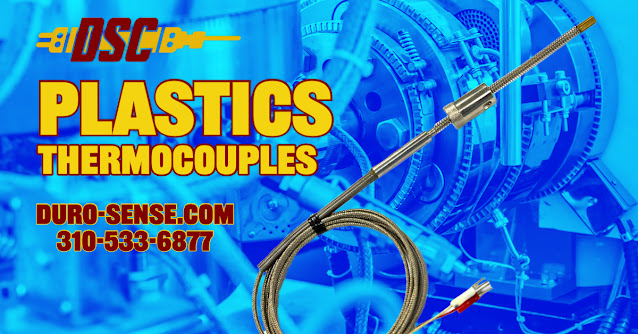
Industrial temperature measurement is a critical aspect of many processes, including manufacturing, processing, and energy production. The choice of temperature sensor is vital to ensure accuracy, reliability, and durability. Several types of temperature sensors are available, including Resistance Temperature Detectors (RTDs), Thermocouples, Thermistors, and Infrared Sensors. Each sensor type has its unique strengths and weaknesses. However, after a thorough analysis, RTDs generally offer the highest level of accuracy in industrial settings.
RTDs (Resistance Temperature Detectors) are temperature sensors that use the predictable increase or decrease in electrical resistance of some materials with rising or falling temperatures. The most common RTD type is platinum (Pt100 or Pt1000) due to its stability, repeatability, and nearly linear temperature-resistance relationship. RTDs have a typical accuracy within ±0.1°C, making them among the most accurate temperature sensors available.
Thermocouples are a type of temperature sensor made from two dissimilar metals joined together at one end, and changes in temperature cause a small voltage, which can be measured and interpreted. While they are robust and can handle extreme temperatures, their accuracy is lower than that of RTDs, generally within ±0.5°C to ±2°C.
Thermistors are temperature-sensitive resistors, typically made from ceramic or polymer. While they can offer high accuracy, they have a non-linear response and a limited temperature range, making them less suitable for broad industrial applications.
Infrared sensors measure temperature by capturing the infrared energy emitted by an object. They are non-contact sensors, which can be advantageous in certain situations, but they also require a clear line of sight and can be affected by dust, fog, or other environmental factors.
RTDs are the primary choice for high-accuracy industrial temperature sensing for several reasons:
- Their accuracy is superior to most other types, typically within ±0.1°C.
- They exhibit good long-term stability, making them reliable over the lifespan of many industrial processes.
- Platinum RTDs are highly repeatable and have a nearly linear temperature-resistance relationship, making them easy to interpret and integrate into control systems.
However, it's important to note that the choice of the sensor should ultimately depend on the specifics of the application, including the temperature range, required accuracy, environmental conditions, and budget. Thermocouples, for instance, might be more suitable for high-temperature applications, and infrared sensors may be necessary when a non-contact measurement is required.
In conclusion, RTDs are recommended for a broad range of industrial applications requiring high accuracy, stability, and repeatability. Nevertheless, a careful evaluation of the specific requirements of each application should always be carried out before making a final decision.
https://duro-sense.com
Direct: 310-533-6877
Fax: 310-533-0330
869 Sandhill Avenue
Carson, California 90746






